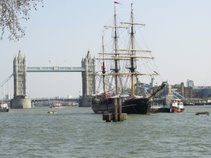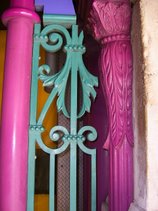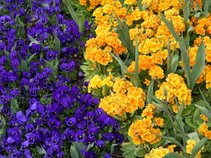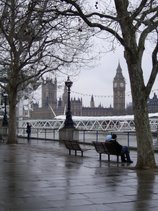Even as late as the middle of the nineteenth century the domestic water supply in London was contaminated. The 1832 Cholera pandemic claimed 6,536 victims in London. In 1849 a further 14,137 people died. The 1853-4 epidemic claimed a further 10,738. The latter was proved to be the result of contaminated drinking water supplies. To safely quench their thirst the poor reverted to drinking bear and gin.
In 1859 Samuel Gurney a Member of Parliament and philanthropist, and Edward Thomas Wakefield formed the Metropolitan Free Drinking Fountain Association with the objective of constructing fountains that would provide cold perfectly pure drinking water. Eighty-five fountains were built in the next six years. The one at Blackfriars was built
In 1867 the Association broadened its remit to include animal welfare and changed its name to The Metropolitan Drinking Fountain and Cattle Trough Association.
Often donations to the Association were inadequate and Gurney paid for fountains out of his pocket. As can be seen from the photograph, the fountains were not merely functional, but decorative. And while not constructed as memorials, they do stand as reminders of the great philanthropists of the Victorian era.
Regrettably the fountain no longer provides cool pure drinking water - tourists have to buy this in bottles.
Click here to see some tourists.
















2 comments:
Cool. There is a drinks fountain (no longer working) in a wall on East HIll, here in Colchester. The wall backs onto old church grounds. The church is St James and the fountain is in the shape of a shell, which is his symbol. Around it is an inscription to do with drawing water, and next to it is a lower font, where horses would have had a drink.
It's sad that nowadays we have to buy it in a plastic bottle if we're thirsty!
Hi BT
I guess Councils are too frightened now to have working drinking fountains – just in case someone coughs after drinking the water, and they get sued.
Post a Comment